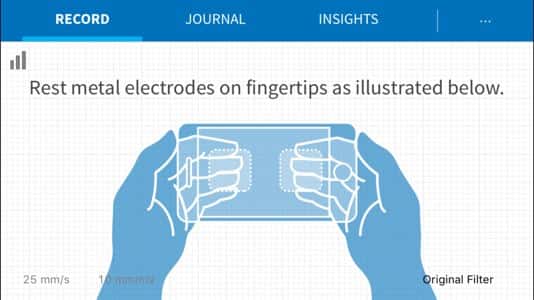
Atrial fibrillation is a common change in heart rhythm that can increase a person’s risk of developing a blood clot in the upper chamber of the heart that then travels to the brain. This is a recipe for disaster in the form of a stroke.
Atrial fibrillation can be treated. Sometimes doctors are able to do this surgically, using a technique called “ablation.” At other times, they may prescribe a medication to control the heart rhythm. The most common treatment, however, is an anticoagulant to keep the blood from clotting and prevent a stroke.
You Can Do This at Home:
Before atrial fibrillation (A-fib) can be treated, however, it has to be detected. A-fib may cause palpitations, shortness of breath or difficulty with exercise, but frequently it does not cause symptoms at all. In addition, if it does cause palpitations, the episode may clear up by the time a patient can make an appointment with a doctor and have an ECG. (After the history and physical exam, this is the second step in a standard diagnosis.)
But you don’t have to go to a doctor’s office to get an ECG. This reader has been told about a do-it-yourself ECG that has been determined to be very helpful in making this diagnosis. The accompanying picture is a screen shot of the mobile phone app.
Do-It-Yourself ECG:
Q. I have occasional heart palpitations. My doctor suggested I buy a device for my phone called AliveCor. He said it would detect atrial fibrillation. Is that true?
A. The AliveCor device and app is available for iPhone and Android phones. It provides a mobile electrocardiogram that it can analyze quickly for A-fib. You can share the ECG with your doctor.
The AliveCor device and algorithm have been compared to standard ECG results in several groups of patients (Journal of Cardiovascular Electrophysiology, May, 2015). If you would like to listen to a cardiologist describe his experience using the AliveCor app on his iPhone, you may wish to listen to our hour-long interview with Eric Topol, MD.

